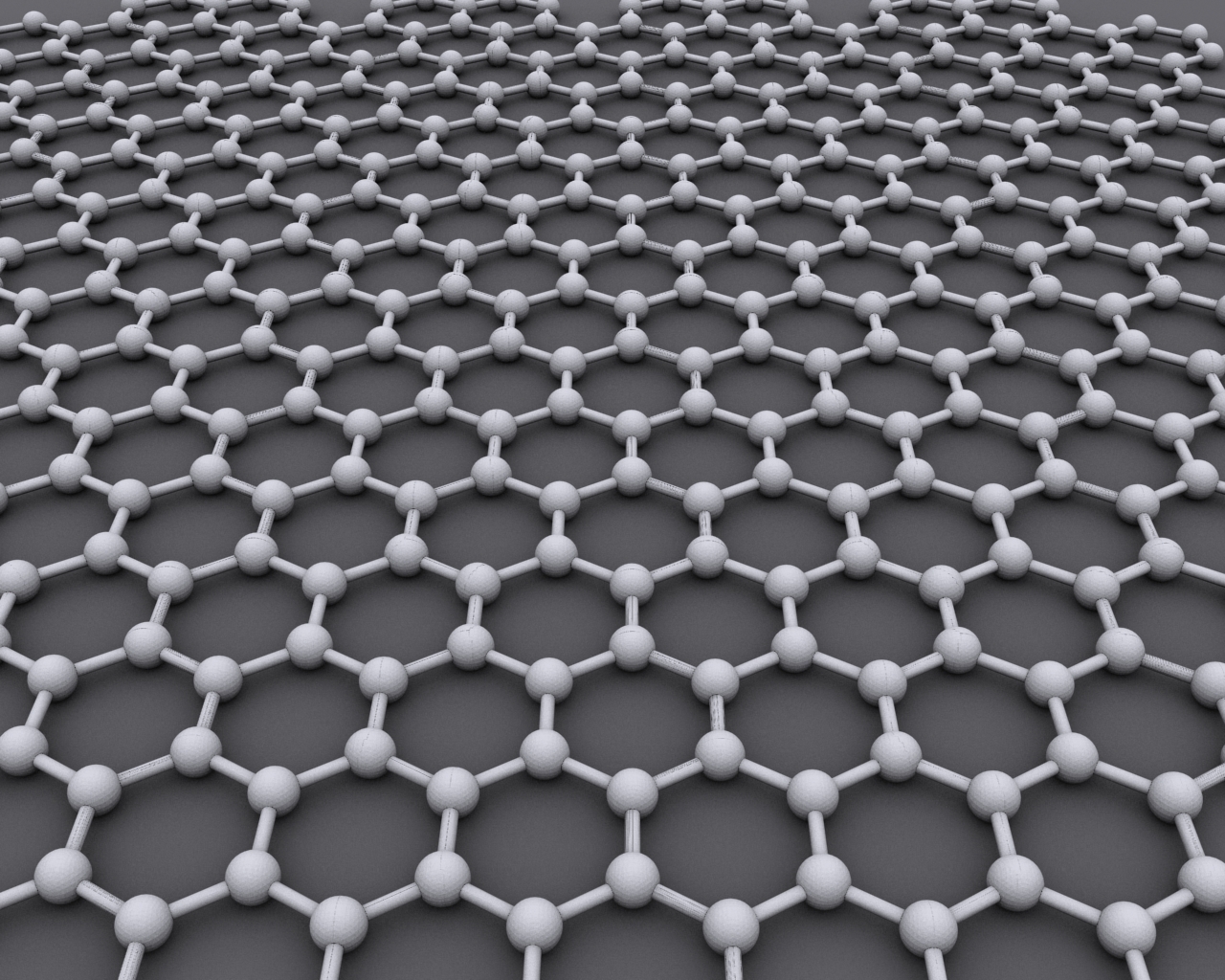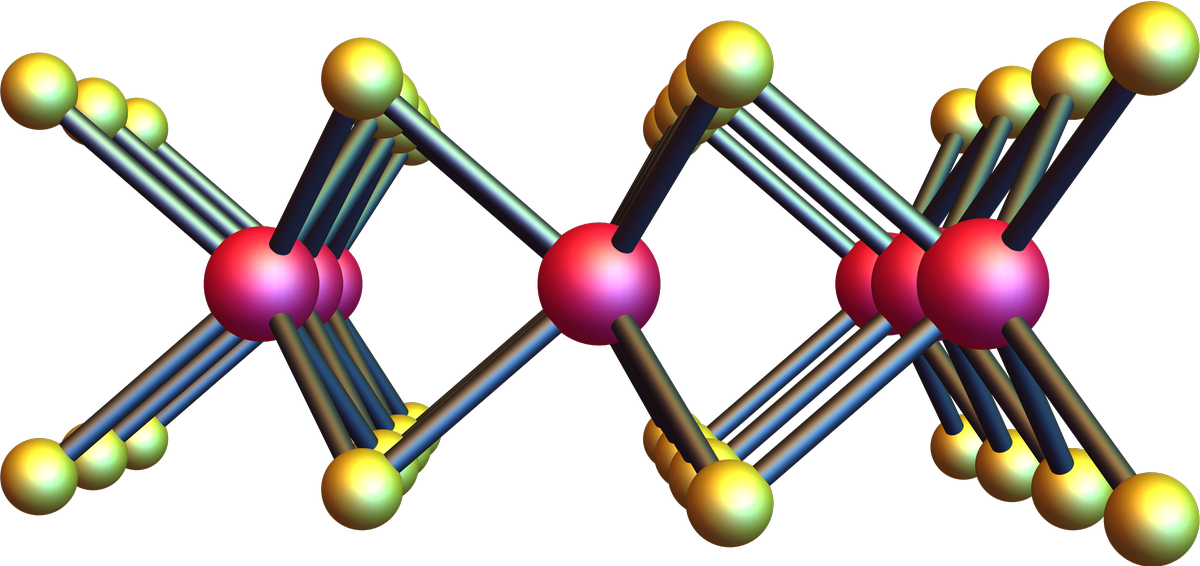Spin and Valley Physics in Two Dimensional Systems Graphene and Superconducting Transition Metal Dichalcogenides
Doctoral Thesis Defense
evansosenko.com/deck-doctoral-thesis
- Evan Sosenko
- with
- Vivek Aji


Background

2D Materials promise novel application
- Graphene discovered 2004
- 2D hexagonal carbon lattice, high electron mobility
- Relativistic low-energy model: Dirac cones, linear dispersion
- Strong, flexible & transparent
- Monolayer TMDs: also hexagonal lattice
- Gapped with strong spin-orbit coupling
- Both excellent candidates for spintronic devices
Spintronics
- Nobel Prize for GMR in 2007 (Albert Fert, Peter Grünberg)
- A future with devices built on spin-current
- Smaller and lower power
- Graphene? Predicted excellent conductor for spin-current
- TMDs? No spin degeneracy and spin couples to light polarization
Overview for Part I
Spin lifetime
- Injection, transmission, detection of spin signals
- Spin signals degrade via internal scattering
- Spin lifetime measures how quickly this happens
- Critical to find materials with long spin lifetimes
Motivation
- Theoretical predictions longer than measured: ms vs. ps
- Finite contact resistance mismatch: a potential candidate
- Unified analytic solution for fitting data in all limits

Outline
- Model and solution
- Hanle curve fitting
- Regimes and results
Device geometry
- L : contact spacing
- D : diffusion constant
- τ : spin lifetime
- λ=√Dτ
- ω=gμBB/ℏ

- μs=21(μ↑−μ↓)
- J↑↓=σ↑↓∇μ↑↓
- J↑↓C=Σ↑↓(μ↑↓N−μ↑↓F)c
- J=J↑+J↓
- Js=J↑−J↓
D∇2μs−τμs+ω×μs=0
V∝μsN(x=L)
RNL=V/I
Motivation for solution
Existing results
- All existing analytic expressions ignore contact resistance
- Assume infinite resistance for convenience
- Integral form widely used but difficult to fit
- Only a numeric treatment of finite contact resistance
RNL∝Re2√1+iωτe−(L/λ)√1+iωτ
RNL∝∫0∞√4πDt1exp[−4DtL2]e−t/τcosωtdt
Our approach
- Finite contact resistance
- Exact analytic expression
- Matches previous approaches in appropriate limits
Computation
- Drift diffusion equation in contacts and semiconductor
- Continuity of current and spin current at boundary
- Conservation of current and spin
- Solution gives nonlocal resistance
Non-local resistance
ΔRNL=2P2RN∣f∣
- r=RSQRF+RCW
- RSQ=W/σN
- RN=WLλσN1
f=Re{(2[√1+iωτ+(λ/r)]e(L/λ)√1+iωτ+(λ/r)2√1+iωτsinh[(L/λ)√1+iωτ])−1}
Only scales that appear in f
- L/λ
- λ/r
- ωτ
Fits
Tunneling contacts

- L=2.1μm
- P=0.19
- RC=2.03×107kΩ
- τ=514.3ps
- D=0.02m2s−1
Tunneling contacts

- L=5.5μm
- P=0.1
- RC=6.70×106kΩ
- τ=451.84ps
- D=0.01m2s−1
Fits
Pinhole contacts

- L=3μm
- P=0.23
- RC=2.31×107kΩ
- τ=132.28ps
- D=0.02m2s−1
Transparent contacts

- L=3μm
- P=0.01
- RC=2.94kΩ
- τ=130.36ps
- D=0.04m2s−1
Regimes
Zero field
ΔRNL=(PΣL)2RNe−L/λ
Tunneling contacts
f∞=Re2√1+iωτe−(L/λ)√1+iωτ
Fits independent of lifetime
λ/r≫√ωτ≫1
Zeros determined by L√2ωD+4π=2nπ
E. Sosenko, H. Wei, and V. Aji, Phys. Rev. B 89, 245436 (2014).Fits: τ Independent Limit
Transparent contacts

- L=3μm
- P=0.02
- RC=0.27kΩ
- τ=9.97×109ps
- D=0.02m2s−1
Transparent contacts

- L=3μm
- P=0.02
- RC=0.28kΩ
- τ=9.95×1013ps
- D=0.02m2s−1
Software
Data Fitting with SciPy
Independent Python package for general curve fitting
github.com/razor-x/scipy-data_fitting
Fitalyzer
Browser based fitting visualizer
Transition metal dichalcogenides
- TMD overview and tight-biding, low-energy, two-valley model
- Optical valley selection rules and Berry curvature
- Intrinsic and induced superconductivity
- Intervalley and intravalley paring channels
- Superconducting optoelectronics and Berry curvature


TMD monolayers
- Direct band gap semiconductors: MoS2, WS2, MoSe2, WSe2
- Break inversion symmetry ⇒ gapped out spectrum
- Two inequivalent valleys ⇒ new degree of freedom
- Strong spin-orbit coupling ⇒ large valance band spin-splitting
- Opposite valley Berry curvature
- Optical valley probe and valley Hall effect
- Two state tight binding model: dz2, and dxy±idx2−y2

Hτ0(k)=at(τkxσx+kyσy)⊗I2+2Δσz⊗I2−λτ(σz−1)⊗Sz
D. Xiao, G.-B. Liu, W. Feng, X. Xu, and W. Yao, Phys. Rev. Lett. 108, 196802 (2012).Energy bands

- Δ—band splitting
- λ—spin splitting
- τ—valley index
- s—spin index
- at=3.15 Å eV
- Δ=1.66 eV
- 2λ=0.15 eV
- μ=−0.83 eV
Optical excitations


Optoelectronic coupling
- Right circularly polarized light couples to right valley P+
- Left circularly polarized light couples to left valley P−
Valley Hall effect


Semiclassical equations
r˙=∇kE(k)−k˙×Ω(k)
k˙=−eE−er˙×B
Anomalous velocity
v=eΩ(k)×E
Berry curvature
Ωτσn(k)=∇k×⟨uτσn(k)∣i∇k∣uτσn(k)⟩
Broken inversion symmetry
Ωτ,σn(k)=−Ω−τ,σn(k)≠0
Superconducting sources
Substrate induced
V=−kντ∑Bνdτν†(k)d−τν(k)
Intrinsic (density-density interaction)
V=21RR′∑vRR′:nRnR′:
Assume even pairing interaction
BCS Hamiltonian
H−μN=kσ∑ξkckσ†ckσ−k∑(Δ¯kc−k↓ck↑+Δkck↑†c−k↓†)=kσ∑λkγkσ†γkσ
Superconducting channels
Induced
Δk=21(B++B−)−21(B+−B−)cosθk
Intrinsic
Δk=χ0⋅fk
Gap equation
χ0=2v0k∑λkfk⋅χ0f¯k

- Project into upper-valance bands (τ=s)
- Mean field theory BCS-type solutions: gap function Δk
- Different fk per channel
- m=0 intervalley channel always dominates
- Both classes give constant gap function for dominant paring
Optical coupling

- A/A0=ϵeiωt+ϵ∗e−iωt, k→k+eA
- Harmonic perturbation ⇒ correlated phase's optical transition rates
- Valley selection remains coupled to circularly polarized light
Berry curvature

- BCS ground state has zero net curvature
- Optical pair-breaking ⇒ selectively excite carriers in single valley
- Berry curvature retains relative sign relations
Conclusion
Spin lifetime measurements
- Analytical solution modeling a nonlocal spin value which includes the ferromagnet contacts
- Developed software to refit data with new result
- Analyzed various regimes to understand the limits of the model
Superconducting states in TMDs
- Characterized superconducting phases in regime where with locked spin and valley indexes
- The correlated state inherits the valley contrasting phenomena
- Pair-breaking produces quasiparticles that have the same Berry curvature (same anomalous velocity)